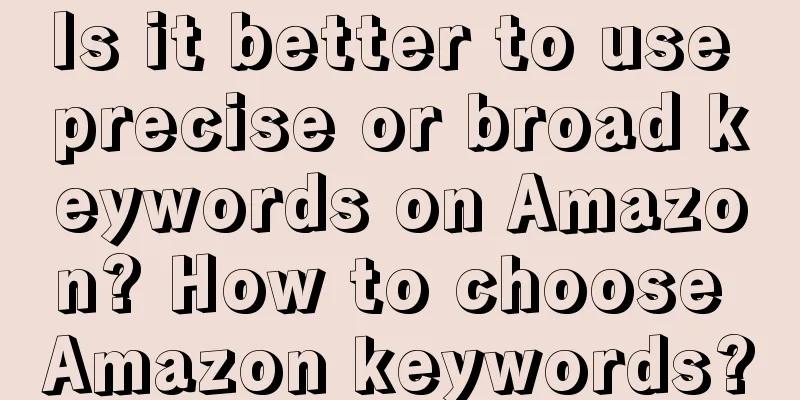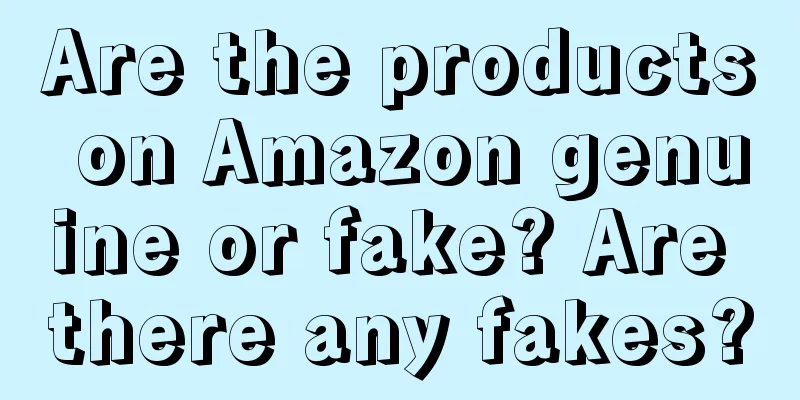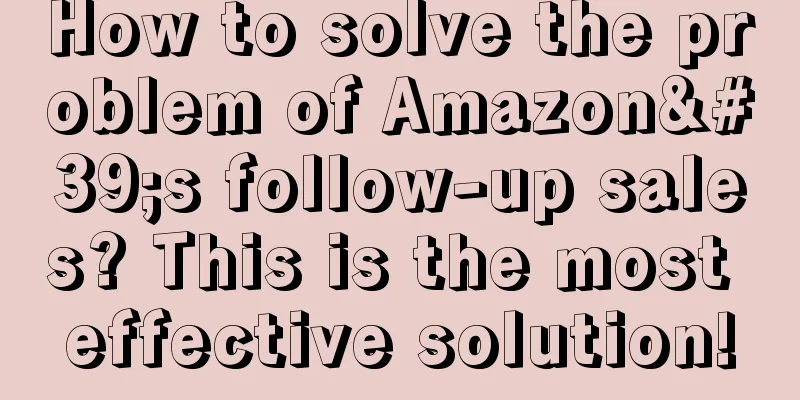Is it better to use precise or broad keywords on Amazon? How to choose Amazon keywords?

|
When choosing keywords on Amazon, is it better to choose big words that are precise or broad? This is a question that needs to be explored in depth. This article will elaborate on this question in detail and how to choose appropriate keywords on the Amazon platform. 1. Is it better to use precise or broad keywords on Amazon? Big words start with precision: Choosing big words, that is, some relatively general keywords, can make the product get a wider range of exposure. For example, if you sell sneakers, choosing the keyword "sneakers" may allow more users to see your products. The advantage of big words is that they can reach more potential customers, especially those who are conducting preliminary searches. Broad is good: Broad keywords can attract a variety of potential customers, including those who may not have a particularly clear intention to buy. This may help increase exposure, but it may also result in a low click-through rate because not every click will convert into an actual sale. Good precision: Choosing more precise keywords, such as "men's running shoes" or "women's fitness shoes", can attract potential customers with clear purchasing needs. Although the exposure may be relatively low, these clicks are more likely to be converted into actual sales. In general, there is no absolute right or wrong in choosing big words or precise words, but it needs to be decided according to the characteristics of the product, the target audience and the marketing strategy. For some competitive industries, choosing big words may help the product get more exposure, but it may require more budget to compete; choosing precise words may increase the click-through conversion rate, but it may require more sophisticated advertising positioning and optimization. 2. How to choose Amazon keywords Here are some tips and strategies to consider when choosing keywords on Amazon: Market research: Understand your target market and audience, study your competitors’ keyword choices, and look for some promising keywords. Long-tail keywords: In addition to some big words, you can also consider choosing some more specific long-tail keywords. These keywords may be relatively less competitive, but can more accurately attract customers with purchasing intentions. User search intent: Think about the user's intent when searching for keywords and choose keywords that match them. For example, some users may be looking for a specific brand, style, or function. Keyword tools: Use Amazon’s keyword tool or a third-party keyword analysis tool to find relevant keywords and search volume information. A/B testing: Try different keyword combinations, conduct A/B testing, and observe changes in click-through rate and conversion rate to optimize keyword selection. |
>>: How to modify the Amazon category if it is placed incorrectly? Is there any method?
Recommend
Can I change the site if Shopee fails the review? Is it useful?
Shopee is now a very popular platform. If many mer...
Why has the business of Dali’s travel photo studio gone so bad?
The Dali travel photography market is in a state o...
Data Analyst, how to find a job for yourself
On the one hand, data analysis can solve the pain ...
How to make money as an Amazon purchasing agent? How?
Some of you may have heard of Amazon purchasing on...
Does Amazon have monthly rent every month? Where is the monthly rent deducted from?
Users who shop on Amazon may not know much about A...
Who is suffering from fake orders for takeout meals?
Although merchants have gained sales and good revi...
How to play with Xiaohongshu’s high-conversion notes in 3 types of sanitary napkins!
As a necessity in women's lives, sanitary napk...
What are the benefits of joining Alibaba International Station? What are the requirements?
AliExpress is the only online trading platform und...
Xiaohongshu focuses on 7 common problems: how to solve the note life cycle and user inaccuracy?
As a content-driven social platform, Xiaohongshu&#...
What is the process of building a cross-border e-commerce platform? How to do it?
In the cross-border e-commerce industry, the model...
The three treasures of middle-aged men: Hupu, What’s Worth Buying, and Autohome
For me, I have only heard that people will become ...
Xiaohongshu's Double 11 strategy (copied homework)
The annual Double 11 is coming! Have you prepared ...
How much is the average bidding price for Amazon's targeted ads? What are the bidding options?
Merchants who open stores on Amazon need to unders...
How many products can I upload on Shopee? What should I pay attention to?
After we open a store on Shopee, we need to unders...
A fire broke out in Oriental Selection’s backyard. Can big companies “not protect” super individuals?
Almost no one would have thought that the topic of...









